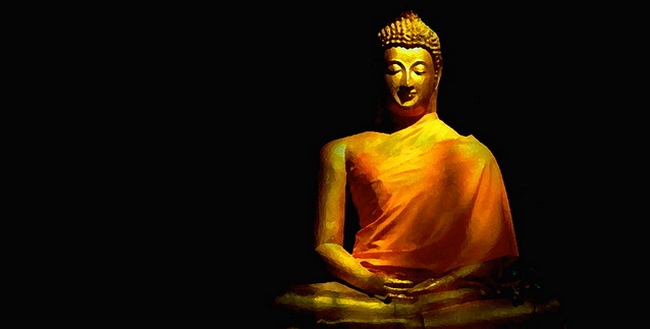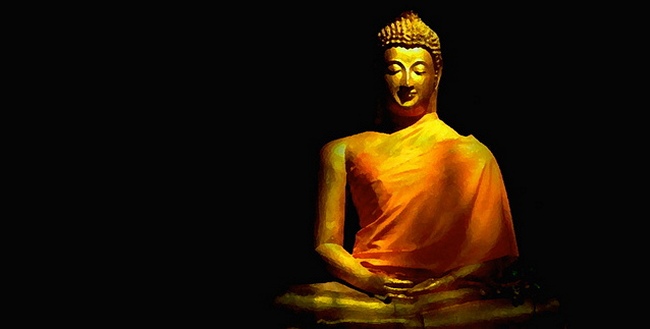
In The Heart of Buddha’s Teaching, Thich Nhat Hanh introduces us towards the core teachings of one’s Buddha. Namely, he outlines The 4 Noble Truths, The Noble Eight-fold Path and several other other basic Buddhist teachings. Hanh also works into your text well translated ancient Buddhist texts as well as several parables beginning with the Buddha himself in addition to general Buddhist tradition. Hanh references his own life being a monk in Vietnam at certain times, both in times of war and peace.
Here is the first book I’ve continue reading Buddhism, and Hanh, with elegant prose opened my eye to a higher playing field of spiritual belief. I’ve read quite a bit of Western Philosophy even though I’ve found it both interesting and well grounded, there really has always been something of too little passion with it. Not really here. Hanh’s writing reminds my old boss, to produce a job I’d not too long ago just like a the coding guys. He been able inspire my co-workers and then i to develop great software, with great care and efficiency. Nobody else since is willing to create such significant of profession motivation within me. Like my old boss’s kind and soft words, Hanh’s prose inspires. The Buddhist ideas he teaches regarding ending suffering, mindfulness and right action are as logical as any philosophy of the time, but they also invoke some kind of true inspiration.
Unfortunately, no book is perfect but this is not really without its shortcomings. Primarily, the instructions consists of lists of interconnected ideas that are often hard to keep straight. At points the book mentions something such as the Third Noble Truth while explaining one of the Twelve Links, and how that is connected with the second noble truth. Before long, all of these enumerations, some with 40-50 entries can make ones head spin.
Also, the instructions does seem to suppose some prior familiarity with some Buddhist or Hindu culture and beliefs. A few eastern terms we unfamiliar to me and not fully explained. Even though this was somewhat frustrating, I possibly could figure meaning from context and it didn’t really negatively effect my experience having the book quite a bit.
Overall, I suggest reading this article work.
I’ll render you when using the following small sampling of a of a given interesting ideas I took that are caused by the book and facts about Buddhist beliefs:
Buddhism isn’t in conflict with the majority of religions. The truth is, a few of the Buddha’s own students were monks of other “faiths“
Some beliefs in Buddhism relate on to the symbols of Chinese writing
After years of only oral tradition keeping Buddhism alive, two different groups proceeded to take note of the Buddha’s teaching. Thus, what is known of Buddhism today comes from two sources that may be compared and scrutinized against one another for accuracy.
